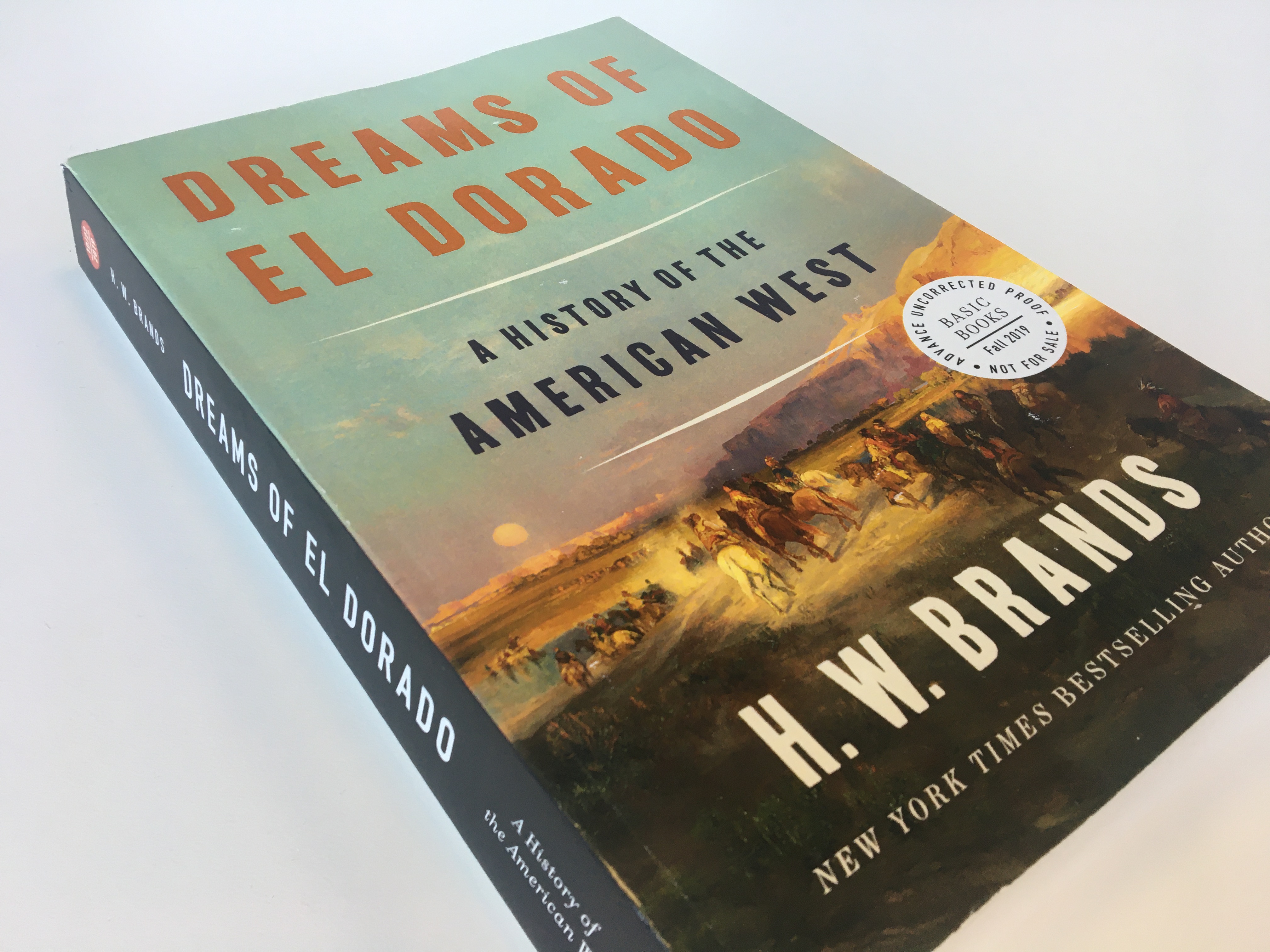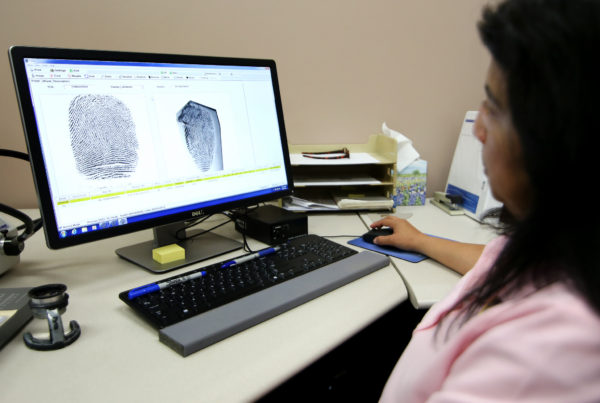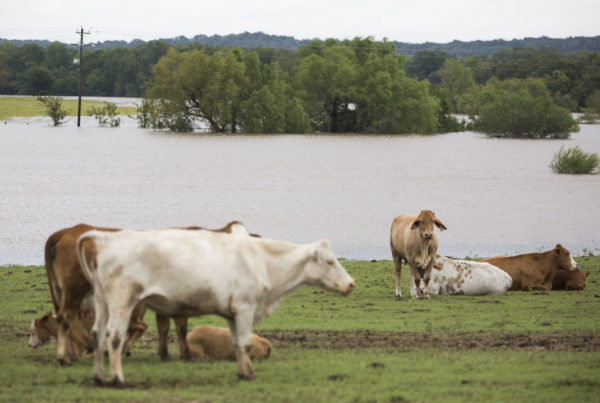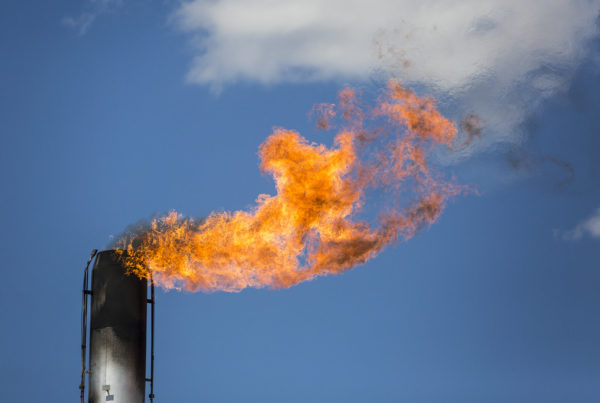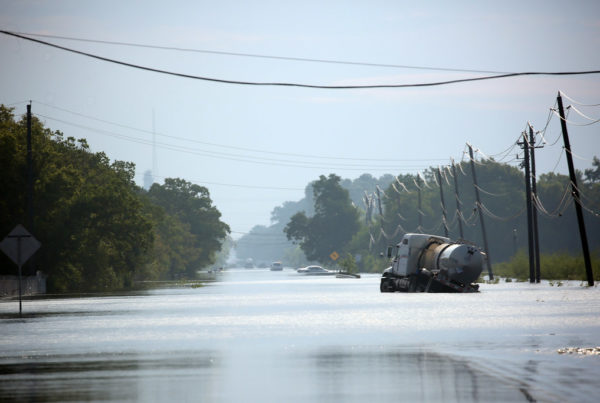The American West isn’t a fixed idea; its scope and definition can change depending on whom you ask. So how does Texas fit into it? University of Texas historian H. W. Brands tries to answer that question and more in his new book, “Dreams of El Dorado: A History of the American West.” In it, he invites readers to rethink the West, how Texas fits into it, and what the West meant to Americans in the past and what it means to them today.
Brands on defining the West, geographically:
“The West has always been a direction as much as a place in American history. It’s also been a frame of mind. … I made the decision that it was going to be the trans-Mississippi West because nowadays, that’s an easy way to divide the country. And so having done that then, that meant that most of the things people associate with the West would be included, and it does certainly include Texas.”
On the birth of the American West:
“Roughly from 1800, and I wind the story up around 1900 … because the things that made the West distinctive, they were fading away [by then].”
On violence in the West:
“One of the characteristic features of the West was that it was a zone of persistent violence. It was a region that was contested by various parties. …What drives the conflict, the source of the violence, is these dreams that there were great riches in the West to be claimed, because what’s being fought over in the West is control of natural resources. …The dreams of wealth in the West were bigger, grander, maybe more grandiose than they had been in the East because in the East, it was a farming frontier, a farming migration, and farmers, generally speaking, had very modest ambitions. But the first exposure of many American Easterners to the West was news that there was gold in California.”
On one of “El Dorado”’s main characters, Black Elk:
“I tell my story through the eyes and in the words of people who were there … and one of my main characters is Black Elk. … He was a boy when the conflict comes to the northern Plains; he’s a Lakota. … He talks about how he has this dream, and his dream is very different than the dream of Theodore Roosevelt and of the gold hunters: His dream was the dream of the connection with nature his people had for years and years, and that dream vanishes.”
On the West in the 20th century:
“In the 20th century, the West is no longer distinctive in the way that it was. The violence is over, but it’s also when these memories fade into the past. … The West, as it was, passes into memory, but the fact that it’s in memory doesn’t diminish its power in the American mind.”
Written by Savana Dunning.


